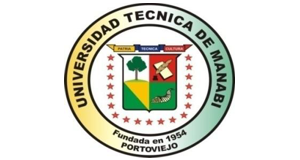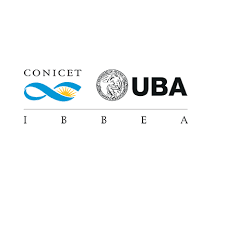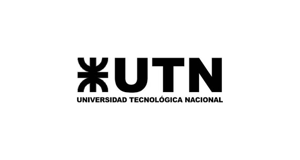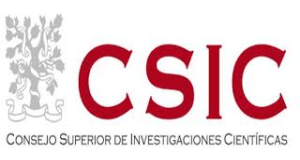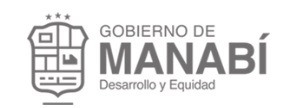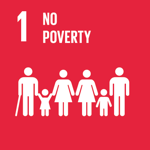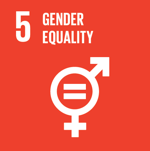Bioprocess reducing the solubility of rhizospheric cadmiun
This project proposes an innovative and environmentally friendly bioprocess to reduce the bioaccumulation of cadmium (Cd).
Context of the story
Successful marketing of Latin-American fine aroma national cocoa is hampered by high Cd content in the beans. This project proposes an innovative, highly efficient, and climatically-intelligent bioprocess that will reduce the bioaccumulation of Cd and presents protocols for its implementation in cocoa family farms (FF). Activities will be carried out via technical cooperation with scientists and farmers as well as private and governmental sectors. There will be 3,150 direct and 3,000 indirect beneficiaries involved in the cocoa value chain.
The aim of the project is to reduce the cocoa bean Cd concentration to values below 0.8 mg kg-1 dry weight in the cocoa plantations where this biotechnology will be installed.
The implemented initiative
The bioprocess will involve: (a) the isolation of a consortium of soil fungi native to cocoa plantations, that have the ability to decrease aerial and root Cd bioaccumulation (CB r,a) coefficients; (b) the assessment of the effectiveness of the bioprocess in bioreactors, and the elevation of cocoa family farms (FF) to Technology Readiness Levels (TRL) 6 and 7. Activities will be carried out via technical cooperation with scientists and farmers as well as private and governmental sectors.
To generate a bioprocess based on a fungal consortium that will reduce the Cd content in cocoa beans.
The technological solution
The goal of the project is to reduce Cd bioaccumulation in cocoa beans to values lower than 0.8 mg kg-1 dry weight via the management of soil microbiota. This biotechnology will be implemented in Ecuador and Venezuela, where assistance is currently being given to more than 30 cocoa farm owners, and 15 entrepreneurs are being trained, all being leading figures in their localities. This will enable improvements in living conditions and increases in income for beneficiaries. Emphasis will be on the advancement of the women involved (whether rural population, technicians, professionals or entrepreneurs). Media broadcasting are via networks, 13 published scientific papers and 3 theses.
“It’s the start of a new era, when people are finally ready to embrace the microbial world”
Type of project
Results
The results obtained in this research allow us to affirm that:
(1) The high efficiency in phosphorus solubilization of the native soil microbiota of organic lemon plantations allows the growth of CN seedlings and eliminates the need to incorporate phosphorus fertilizer into the cadmium-containing soil.
(2) The isolation of fungal strains capable of being used in the bioprocess was carried out.
(3) The fungal isolates are conserved in the Glomeromycota banks of the UBA and the CSIC Estación Experimental El Zeidín.
(4) The bioreactors designed at TRL 4 allow evaluating the partitioning behavior of cadmium under various physical-chemical-biological conditions and were scaled to TRL 6
(5) A mycorrhizal symbiosis with Baccharis salicifolia with very high bioextractive potential for cadmium and exclusive flower-fruit symbioses in other plant species was evaluated.
(6) Graduate and postgraduate theses were continued and also the blog
Relevant data
Scaling biotechnology
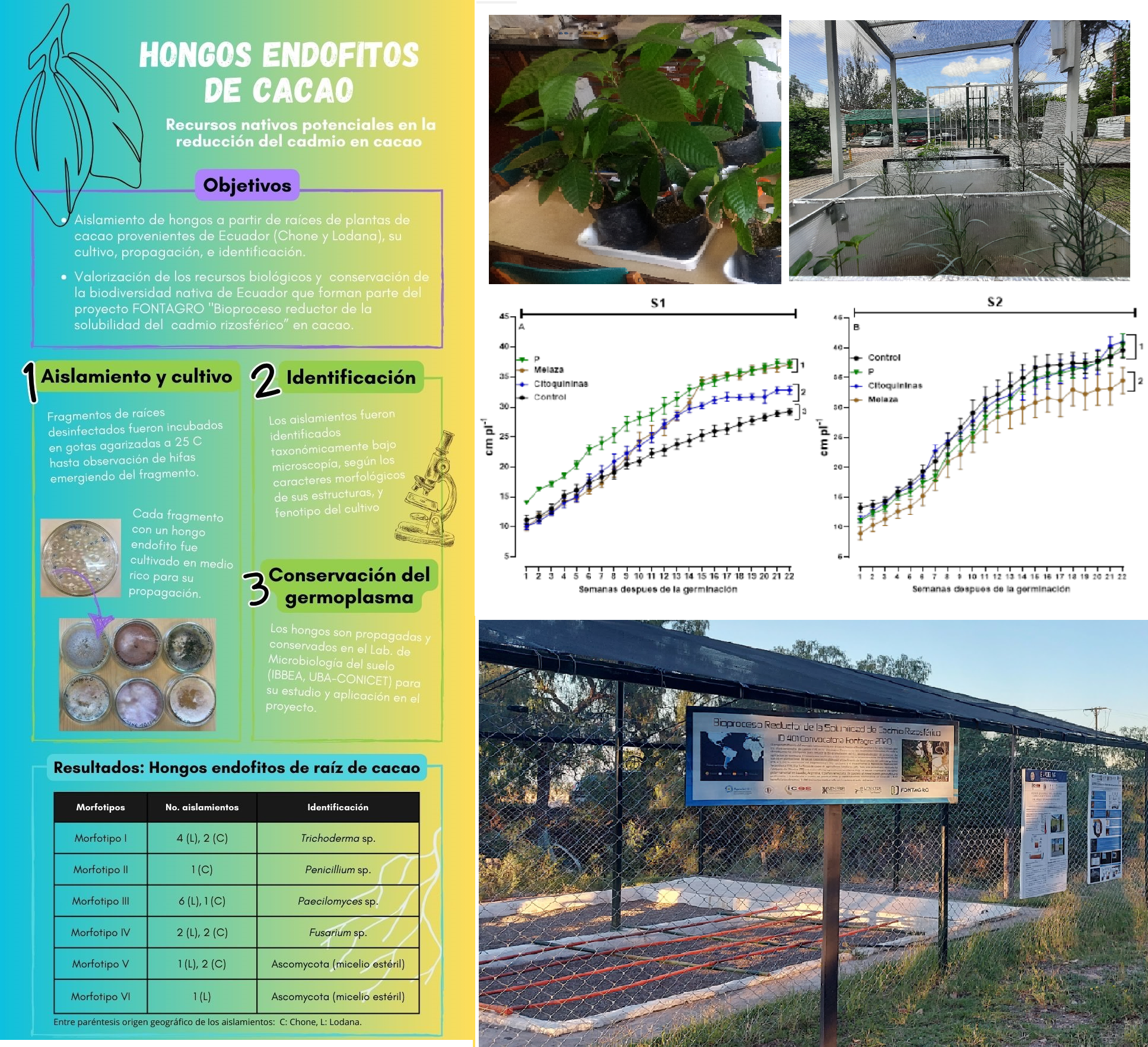

 Back to the project
Back to the project Ecuador
Ecuador Argentina
Argentina Spain
Spain